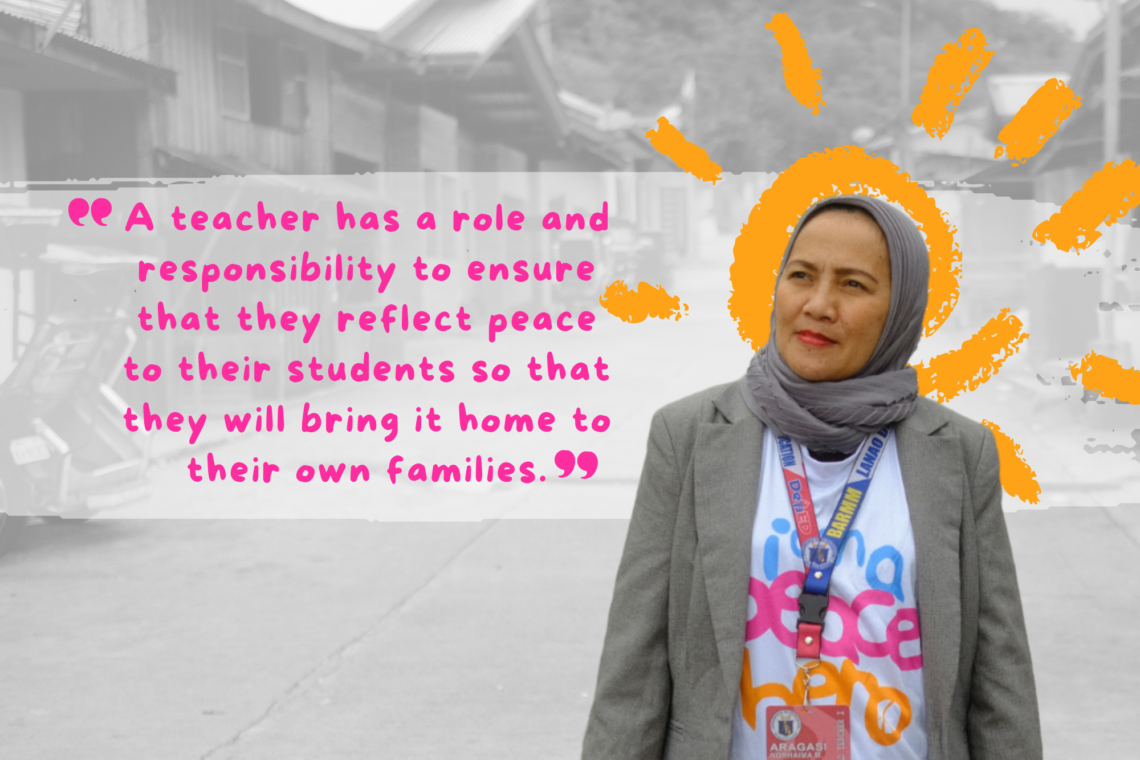How personal conflicts seep into a community
As a teacher-in-charge of the school, Norhaima understood her responsibility to cultivate a peaceful environment where children are nurtured and encouraged. She was happily fulfilling the duties of this position until she was replaced by her cousin to become the school principal.
Because of this substitution, she developed ill feelings against her cousin and was displeased with the decision. These personal issues that hounded the school leadership soon affected the school environment. Citing instances where she took a more proactive approach to school decisions, Norhaima mentioned that there were times when the teachers were forced to side on which person to follow. The pressure that the teachers felt almost made them cry and further divided the school.
Growing up with violence around her, Norhaima developed a normalized thought that conflict is a natural order of the environment.
By having this perception, she did not mind the issues and division that were brought about by her strife with her cousin. Despite being prone to misinterpretation, she continued her antagonism toward the leadership of her cousin.
Given that they are still building their sense of social and communal relationships with others, various studies show that exposure to conflict and violent extremism adversely affects the children that they will bring into adulthood. Enduring from firsthand experiences, these children learned to address any type of conflict in a violent manner. Thus, perpetuating the cycle of hate and violence and influencing others to replicate the approach.
Mending broken bridges for peace
Upon joining the Training of Trainers of the Teach Peace Build Peace Movement, Norhaima saw the effects of the struggle with her cousin on the peaceful environment of the school. She started noticing that there are teachers who would rather stay silent on the issue or who avoided possible confrontations.
During the Culture of Peace Circle activity, Norhaima started to bring down the walls that she raised due to the conflict and sought forgiveness for her actions. The activity made her reach out to her cousin and talk to each other which resulted in a thoughtful discussion. Both of them apologized and decided to be better colleagues to each other.
Unlike before, Norhaima observed that the improvement of her relationship with her cousin also enhanced her relationship with her colleagues. The healing that both cousins cultivated soon nurtured a culture of peace within the school administration. People became more friendly with each other and more open with their feedback.
Teachers tend to have a more influential role among children because they spend more time at school than at home. Her participation at TPBPM made Norhaima understand the crucial importance of teachers being role models to their students. Recalling her experience, she knew that her absence of inner peace due to conflict with her cousin trickled into her colleagues and the whole school environment.
A teacher has a role and responsibility to ensure that they reflect peace to their students so that they will bring it home to their own families.


